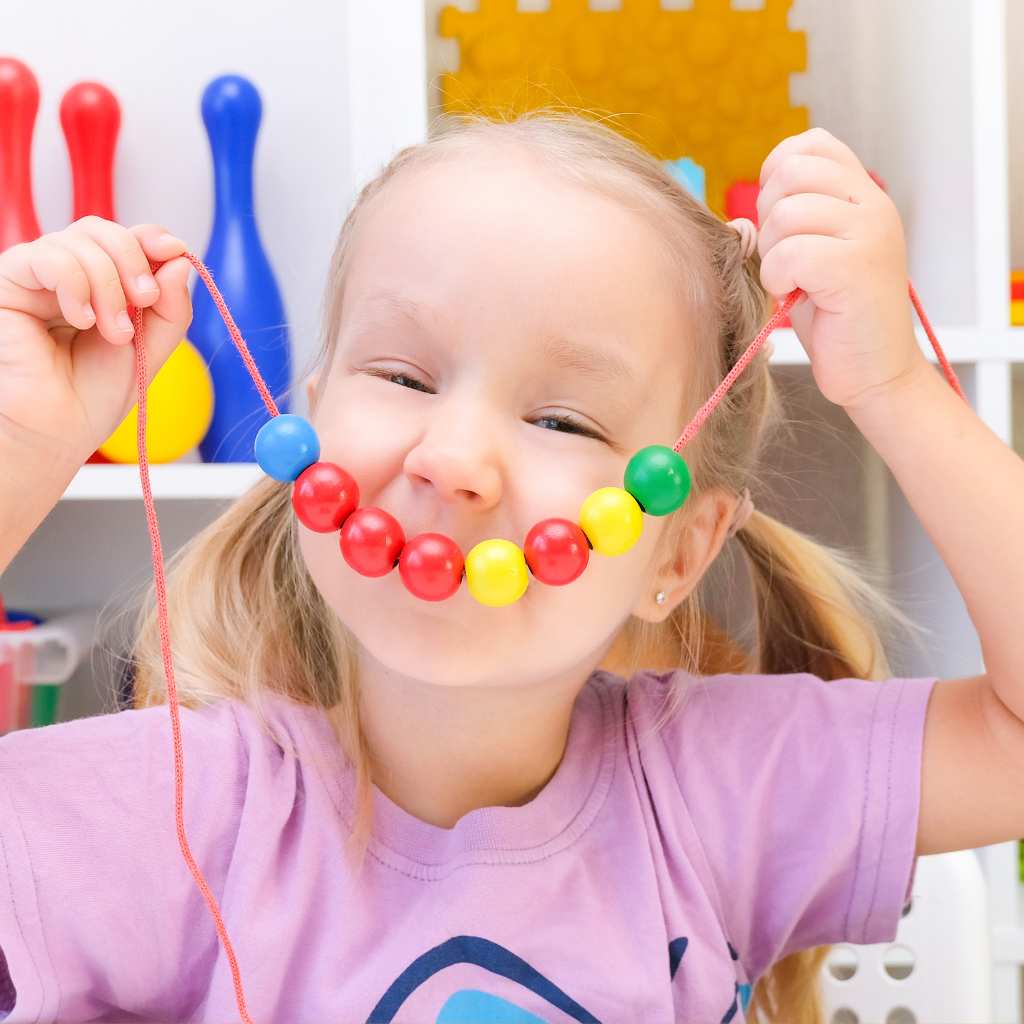Table of Contents
The holidays are just around the corner—Thanksgiving feasts, Christmas dinners, New Year’s celebrations, and all the joyful preparations that come with them. For many families, this season is all about cherished traditions, laughter, and togetherness. But did you know that cooking with children with autism can be a meaningful way to connect, teach valuable skills, and make memories that last a lifetime?
Cooking isn’t just about preparing meals; it’s an experience that combines sensory exploration, communication, and creativity. For children with autism spectrum disorder (ASD), helping you in the kitchen can be therapeutic and educational. It’s also a chance to strengthen your bond while also helping them develop essential life skills.
In this blog by ABA Centers of Florida, we’ll dive into why cooking is beneficial for children with autism, offer tips to make it a smooth and enjoyable experience, and guide you in creating a stress-free environment where your child can thrive. So, tie on your aprons, and let’s get started!
The Benefits of Cooking with Your Child on the Autism Spectrum

Cooking offers much more than just a delicious outcome; it’s an engaging, multisensory activity that can support your child’s growth in several ways:
1. Enhances Sensory Processing
The kitchen is a sensory wonderland—different smells, textures, tastes, and sounds all come together in this space. For children with autism, cooking can gently introduce new sensory experiences. Kneading dough, hearing the sizzle of butter, or feeling the coolness of a mixing bowl can help them build tolerance and even enjoyment of different sensations.
2. Encourages Communication Skills
Cooking is an activity to practice communication, whether it’s naming ingredients, following instructions, or talking about what comes next in the recipe. It also fosters patience and turn-taking, essential social skills that parents and caregivers can reinforce in a natural, hands-on way.
3. Builds Fine Motor Skills
Pouring, stirring, chopping with a child-safe knife, or even using cookie cutters helps improve fine motor coordination. These tasks also boost independence and confidence as they master new skills.
4. Provides Predictable Structure
Cooking follows a sequence—gathering ingredients, following steps, and waiting for the outcome. This predictability can be comforting for children with autism and helps them learn to follow structured routines.
5. Creates Opportunities for Positive Reinforcement
Every completed step in the cooking process is an opportunity to celebrate success. Positive reinforcement, like a high-five or a cheerful “great job,” helps motivate your child and makes the activity enjoyable.
6. Supports Academic and Life Skills
Cooking can complement academic learning and reinforce executive functioning. A study by Psychology Dissertations demonstrated this with a food-based intervention for students with autism, where participants prepared meals, took orders, and handled transactions. Teachers observed significant improvements in teamwork, communication, social awareness, and skills necessary for future academic and career success.
What to Consider Before Cooking with Your Kid on the Spectrum
We have already seen the benefits that cooking with children with autism can have; now, let’s take a look at those things you should consider before having your little one help you in your preparations.
Understand Your Child’s Sensory Sensitivities: Kitchens can be overwhelming with their bright lights, strong smells, and loud noises. Identify what might bother your child—like the hum of an appliance or the smell of spices—and try to minimize those triggers.
Create a Safe Environment: Remove sharp objects and hazardous materials from your cooking area. Use child-safe utensils, and ensure your child’s workspace is sturdy and free of clutter.
Be Ready to Adapt Tasks: Some steps in cooking may be challenging for your child, such as chopping vegetables or measuring ingredients accurately. Be prepared to break down these tasks into smaller parts and offer extra support where needed.
Use Visual Aids and Prompts: Visual schedules or step-by-step picture guides can help your child understand the process better. Prompts like “first,” “next,” and “last” can also keep them on track.
Give Extra Time: Patience is essential. Your child may need more time to complete tasks or adjust to new experiences in the kitchen. Celebrate small victories along the way.
Creative Cooking Ideas for the Holidays
The holiday season is the perfect time to get creative in the kitchen with your little ones. For kids with ASD, cooking can be a sensory-rich, interactive experience that encourages bonding and skill development. Remember, the key is to tailor activities to their interests and abilities, making the process enjoyable rather than overwhelming. Whether you’re preparing a festive feast or trying something new, these holiday-inspired ideas are simple, engaging, and adaptable for everyone.
- Decorate Cookies: Provide colorful icing, sprinkles, and edible decorations for your child to create their cookie masterpieces. You can follow some easy recipes online.
- Mix Holiday Drinks: Teach them to stir hot cocoa or assemble a non-alcoholic punch with fruits and juices.
- Make a Salad: Let them tear lettuce, sprinkle toppings, or mix dressings for a fresh, healthy option for Thanksgiving.
- Create Personalized Pizzas: Provide a variety of toppings and let them customize their pizza.
- Assemble a Holiday Dessert: Layer pudding, whipped cream, and fruit in clear cups for a fun parfait.
If you’re looking for a way to enhance cooking time with your child with ASD, this guidebook offers a tremendous sensory cooking guideline. It includes recipes, a sensory experience journal, and helpful tips. (All starting on page 67 of the PDF).
ABA Therapy Enhances Everyday Skills
There are many cases where parents can benefit from more therapeutic and behavioral approaches to teaching their children valuable life skills. These skills depend on the needs, abilities, and goals of the child and family. With an ABA therapy program, children may learn basic hygiene skills, socialize or communicate better, manage challenging behaviors, follow directions, and many more valuable skills.
For example, an ABA therapist might work on foundational skills like following a sequence, using fine motor skills to stir or pour, or even tolerating new textures and smells.

These tailored interventions help children build independence while fostering patience and communication. ABA therapy also supports parents by providing strategies to navigate challenges, such as managing sensory sensitivities or addressing behavioral needs during activities.
ABA Centers of Florida: Supporting Families Every Step of the Way
At ABA Centers of Florida, we understand that raising a child with autism comes with unique challenges—and unique joys. Our personalized ABA therapy programs, available in-home and at our centers in Doral, Miramar, Jensen Beach, Tampa, Orlando, Boca Raton, Melbourne, Davenport, Kissimmee, and Bradenton, are designed to help children build essential skills and achieve their fullest potential.
We also provide early intervention services, diagnostics, and family support, ensuring that every child—and every parent—feels empowered. This holiday season, we celebrate the power of connection, from the kitchen to the therapy room, and invite you to explore how ABA therapy can make a difference for your family.
Contact us at (772) 773-1975 or reach out online to discover the benefits of a renowned therapy approach for your loved one on the spectrum.








